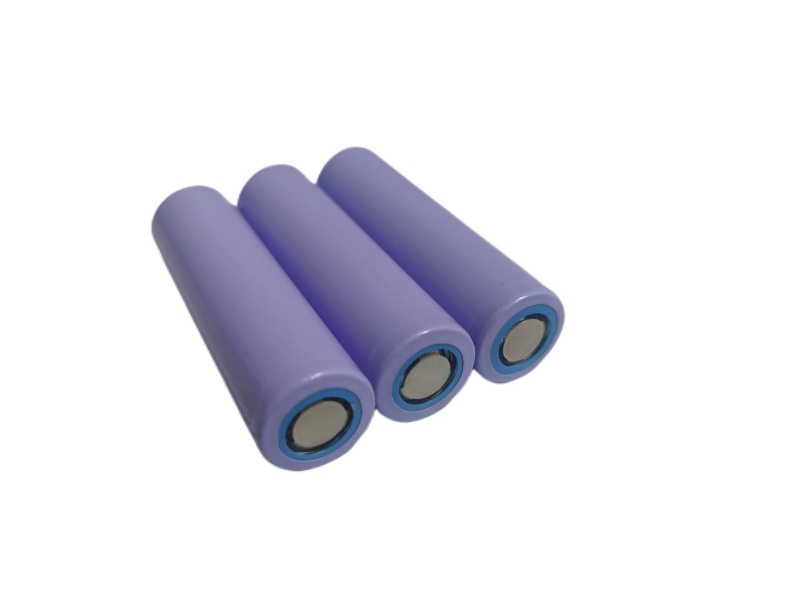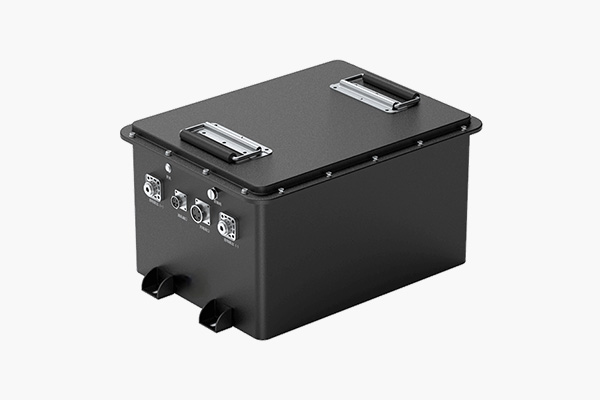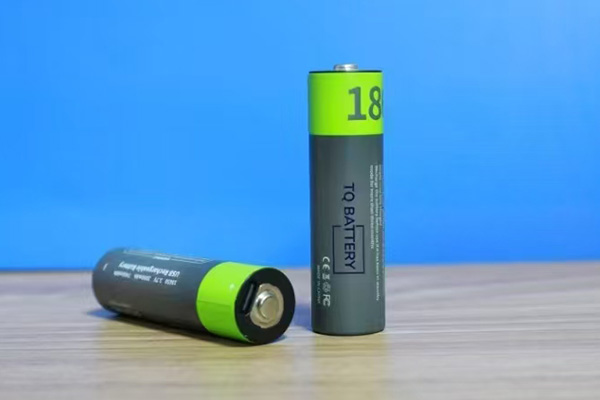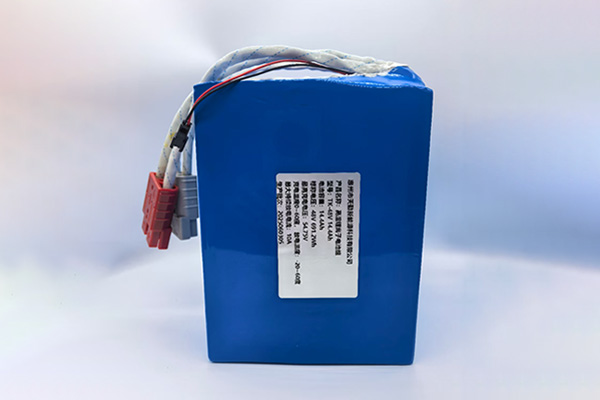What is the impact of A/B misalignment on the performance of lithium batteries?
In the manufacturing process of lithium batteries, the A/B misalignment problem, which is often overlooked in the coating process, actually has a significant impact on the capacity performance, safety performance, and cycle life of the battery. The so-called misalignment mainly refers to the inconsistent position or uneven thickness distribution of the coating on both sides of the pole piece, which can easily lead to potential risks such as local lithium deposition and mechanical damage to the pole piece.
一、 Analysis of the causes of A/B plane misalignment
1. Equipment factors:
Insufficient assembly accuracy of roller system: If there is a horizontal or coaxial deviation between the back roller and the coating roller during installation, it is easy to cause coating position deviation.
Coating head positioning error: Insufficient resolution of encoder or grating ruler, or sensor feedback drift, resulting in deviation between the actual position of the coating head and the set value.
Tension fluctuation problem: Unstable tension during unwinding and rewinding can cause the substrate to stretch or wrinkle during operation, affecting coating accuracy.
2. Substrate (foil) issue:
Uneven ductility: The plastic deformation of the foil material itself is inconsistent, making it difficult to control the gap during the application process.
Poor surface condition: If the oxidation on the surface of the foil material is not thoroughly cleaned, it will weaken the adhesion of the slurry, resulting in biased coating or displacement.
3. Slurry properties:
High viscosity affects leveling: Insufficient fluidity of the slurry makes it easy to accumulate and cause unevenness.
There is a significant difference in surface tension: the tension between the two sides of the slurry is different, resulting in inconsistent edge shrinkage and causing misalignment.
4. Process setting:
Inconsistent coating speed: The difference in speed between the front and back sides causes different distribution rhythms of the slurry.
Differences in drying conditions: Inconsistent drying temperatures on both sides of A/B may result in different degrees of thermal shrinkage of the substrate, leading to displacement.
二、 Solution suggestions
1. Equipment accuracy optimization:
Regularly check the coaxiality and flatness of the coating system to ensure controllable installation errors. Upgrade the positioning control components of the coating head, such as using high-resolution encoders and grating rulers, with control errors within ± 0.1mm. Establish a tension closed-loop control system (such as using PID regulation) to maintain tension fluctuations within ± 3%.
2. Consistency control of foil material:
Strictly select high consistency copper foil/aluminum foil to ensure uniform distribution of its tensile properties; Adopting more advanced surface treatment methods, such as low-temperature plasma cleaning or passivation treatment, to improve the uniformity of slurry adhesion.
3. Performance adjustment of slurry:
Control the viscosity of the slurry within a reasonable range (positive electrode 10-12 Pa · s, negative electrode 4-5 Pa · s) to improve leveling performance; Add appropriate surfactants (such as PVP, SDS) to balance the surface tension difference of the double-sided slurry.
4. Process parameter optimization:
Maintain consistent speed of double-sided coating line, with speed error controlled within 0.5 m/min; Adopting a segmented temperature control strategy: releasing internal stress at low temperature in the front section, shaping at high temperature in the rear section, and controlling the overall temperature difference within 5 ℃.

三、 Diagnosis and monitoring mechanism
1. Equipment diagnosis:
Using a laser interferometer to accurately detect the parallelism of the roller system, the error should be less than 0.02mm/m; Check the stability of the drive motor and sensor signal output to avoid drift exceeding 0.5% of the range.
2. Foil evaluation:
Sample test the elongation at break to ensure that the deviation does not exceed ± 5%; Use scanning electron microscopy (SEM) to observe the microstructure and oxide film on the surface of the foil material, with a thickness of less than 50nm.
3. Slurry testing:
Test the viscosity and thixotropic properties of A/B surface slurry using a rheometer, and control the difference in thixotropic area within 5%; Use a tension meter to test the surface tension difference of double-sided slurry, with a requirement of less than 2mN/m.
4. Online process control:
Real time monitoring of coating thickness using an online laser thickness measurement device, with a thickness variation coefficient (CV) controlled within 1%; After drying, use X-ray to detect the surface density of the coating, ensuring that the lateral consistency deviation is less than 2%.
Through precise equipment calibration, material screening, slurry performance control, and systematic management of key process parameters, the misalignment of A/B surfaces can be controlled within ≤ 0.5mm, effectively improving the consistency, safety, and cycle life of batteries.













